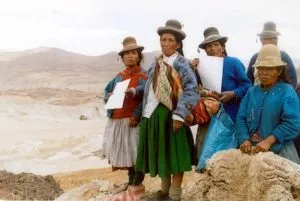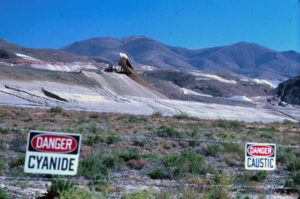The Cyanide Code
After the Aural Mine spill in Romania, an international group of stakeholders created the International Cyanide Management Code for the Manufacture, Transport and Use of Cyanide in the Production of Gold (Cyanide Code).
An independent third party assesses a company’s compliance with the Cyanide Code in a publicly-available audit. Though widely adopted by industry, it has significant problems, including:
- It’s voluntary, meaning the most irresponsible operators—those in most need of oversight—don’t follow it.
- It doesn’t prevent spills. Even after signing and implementing the Cyanide Code, Golden Star Resources’ Bogoso/Prestea gold mine in Ghana suffered from cyanide spills.
- It didn’t adequately represent impacted communities in the drafting process.
Initiative for Responsible Mining Assurance
Part of a larger effort to create an independent, multi-stakeholder, independently verified standard following the Forest Stewardship Council model, the Initiative for Responsible Mining Assurance draft standard includes a standard for cyanide.
Montana’s open-pit cyanide mine ban
After Montana (state motto, “The Treasure State”) taxpayers were forced to pay tens of millions of dollars to clean up spills at the bankrupt Zortman-Landusky, citizens voted by direct ballot initiative to ban open pit, cyanide heap leach mining—the most spill prone type of cyanide mining.
The Montana ban has served as a model for other jurisdictions, and served as a cautionary tale to the mining industry. Montana is a politically conservative, historically pro-mining state.




